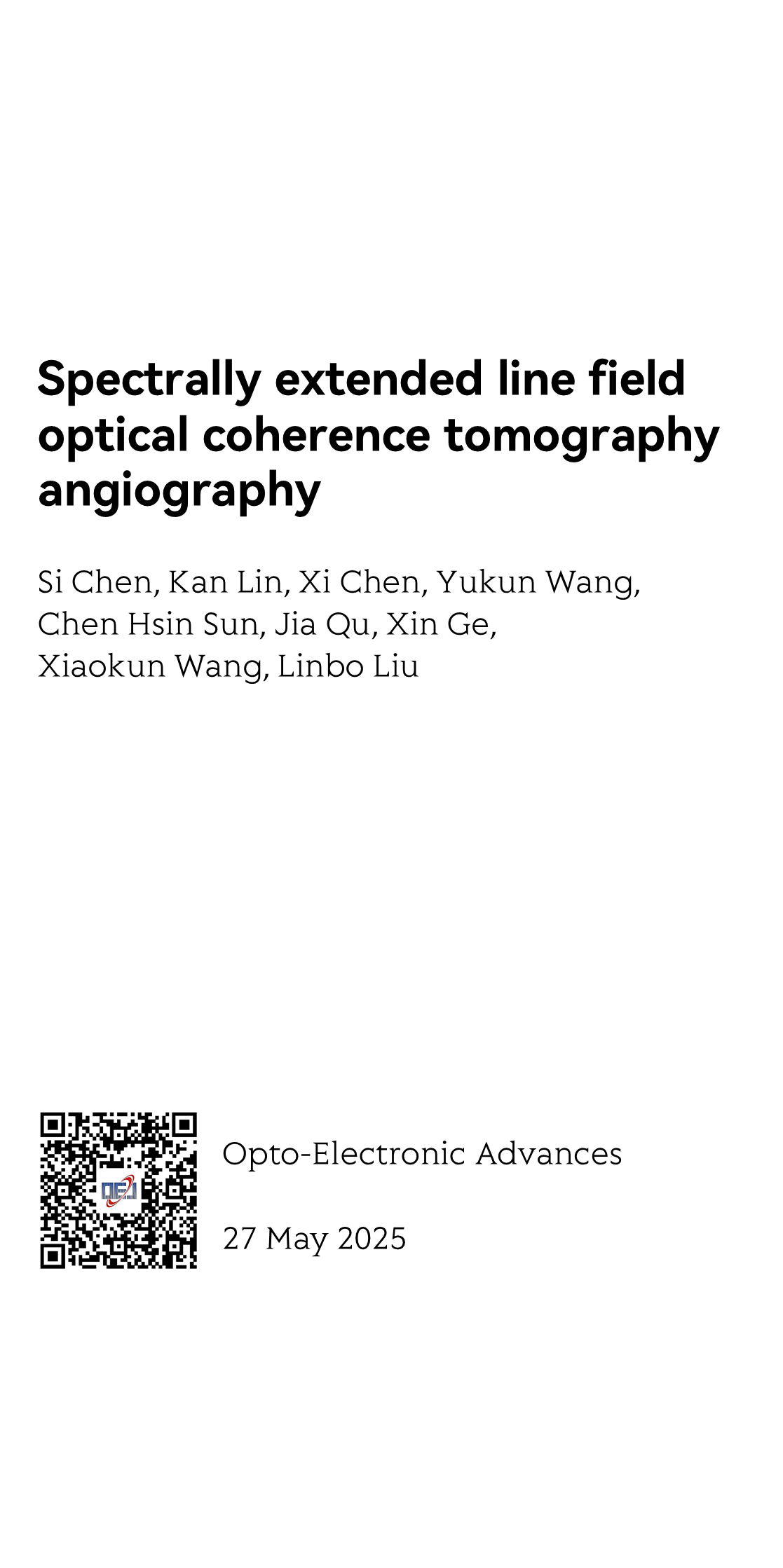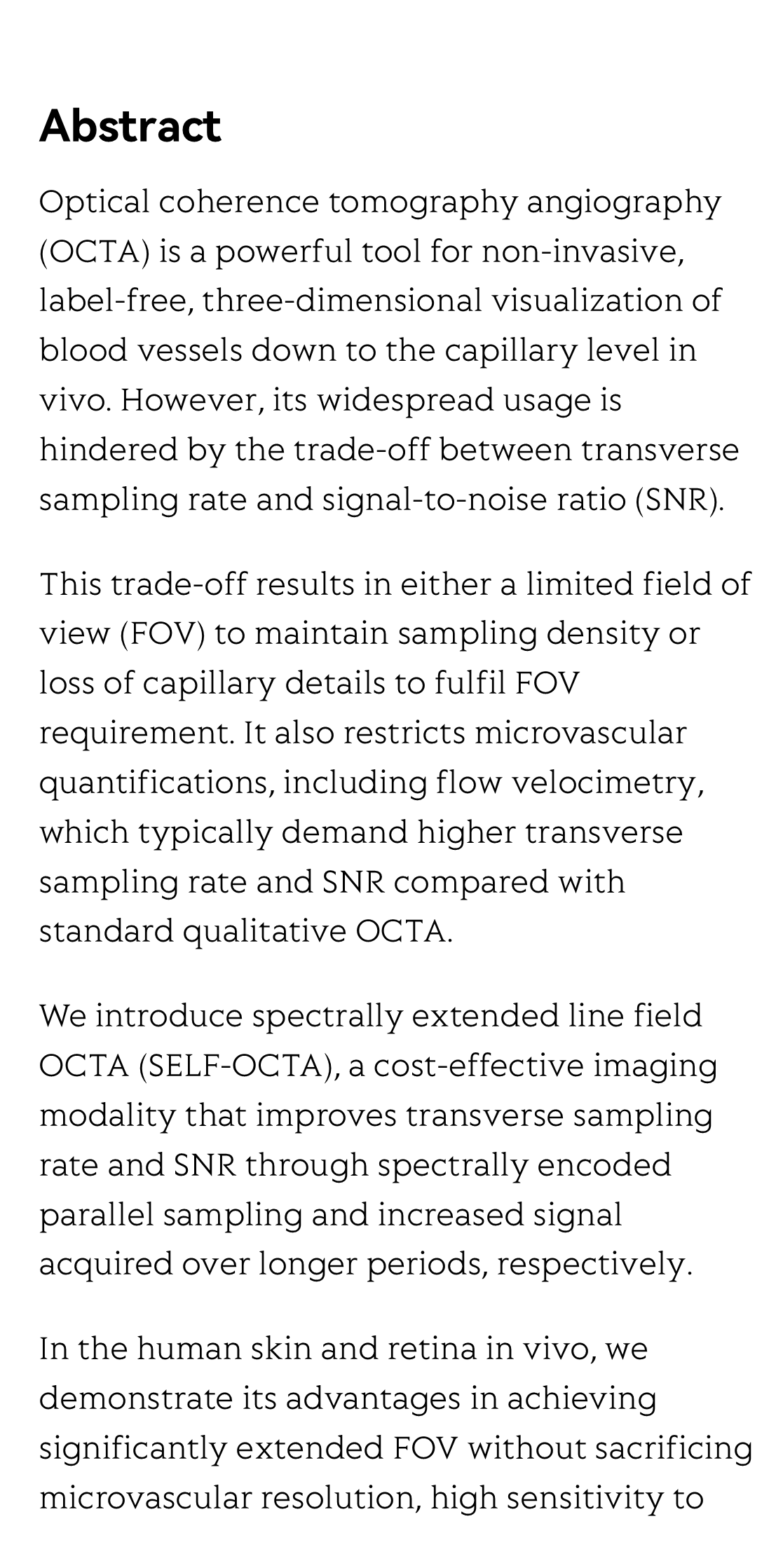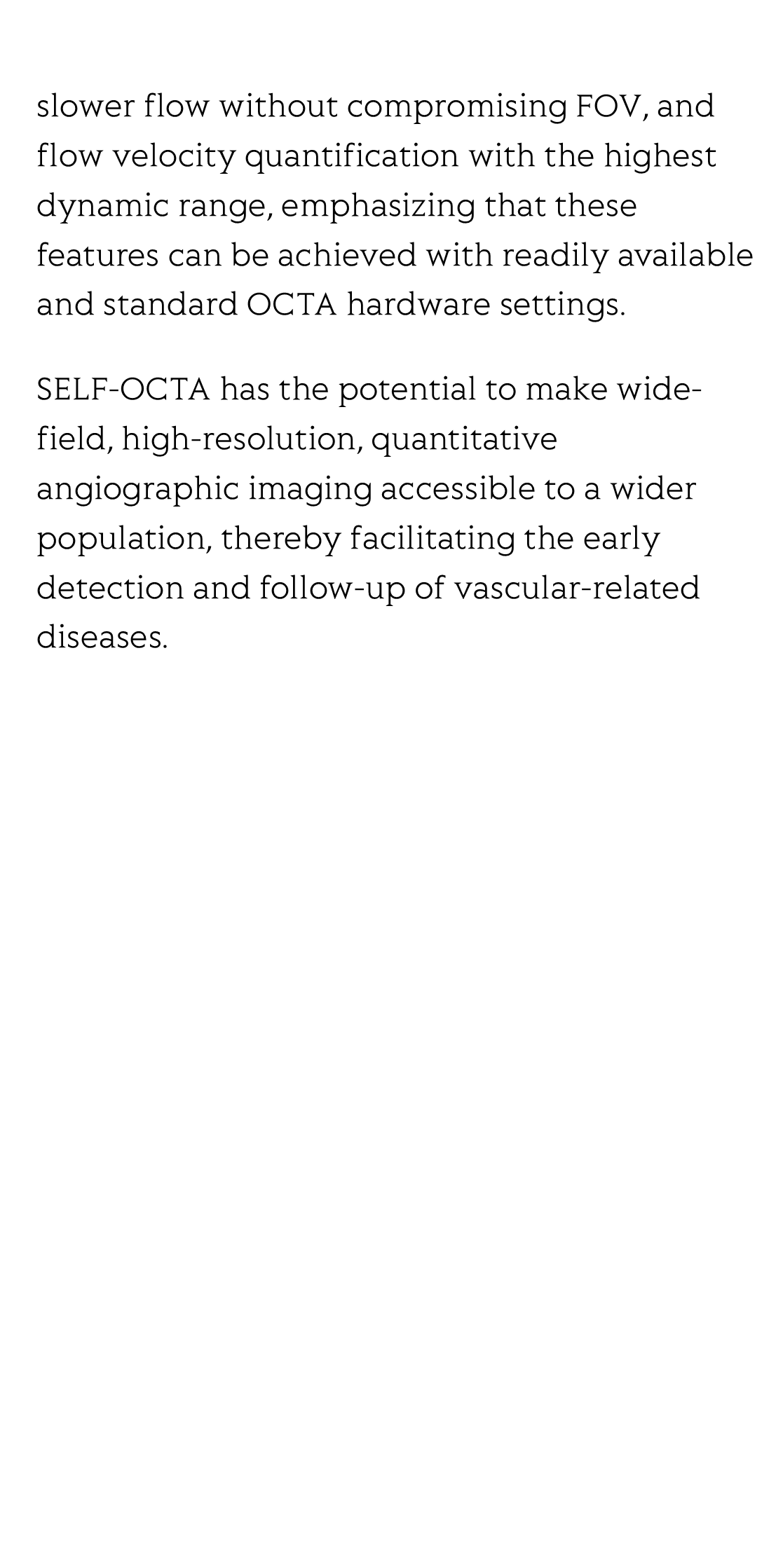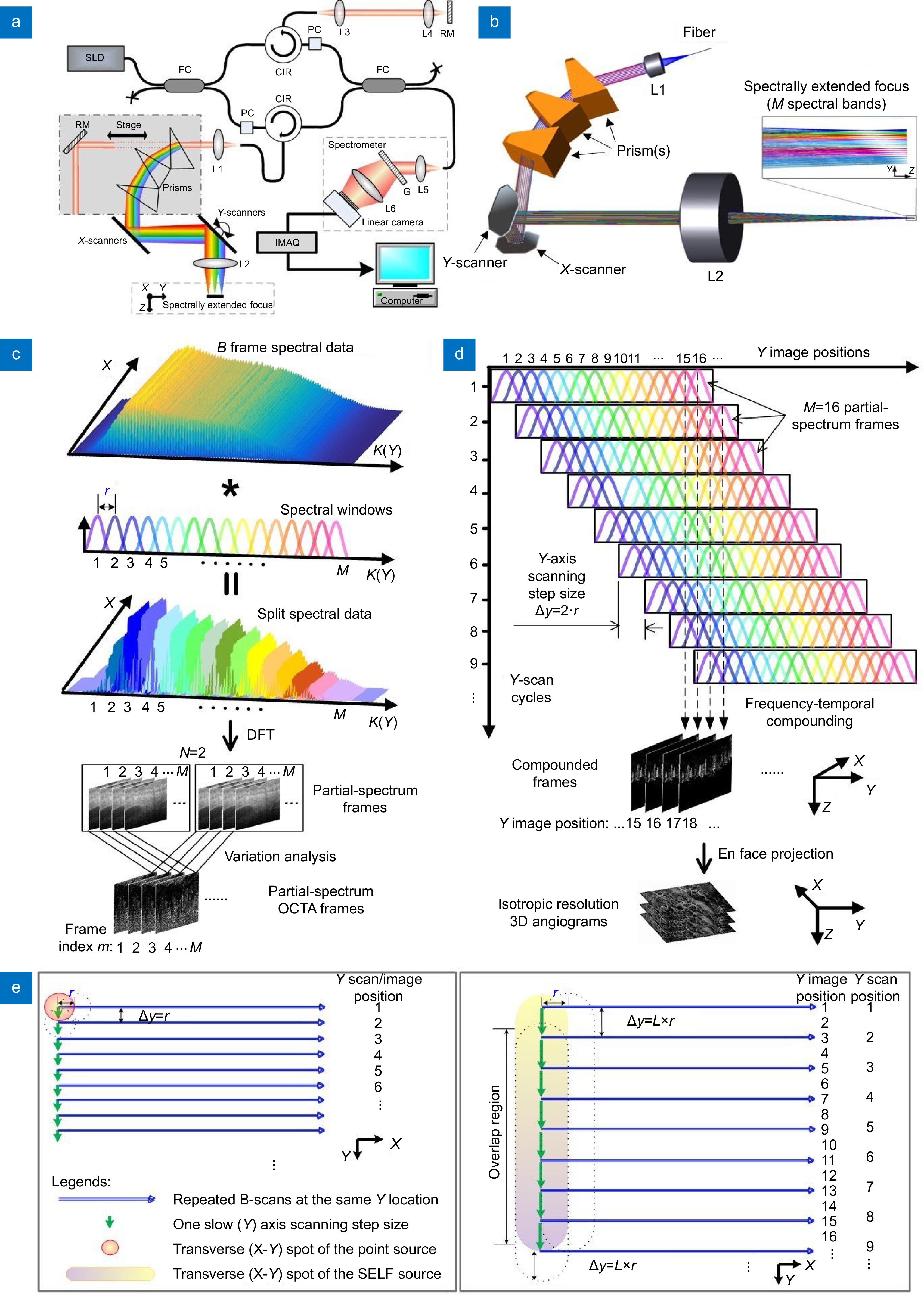(Peer-Reviewed) Spectrally extended line field optical coherence tomography angiography
Si Chen 陈思 ¹ ², Kan Lin 林侃 ¹, Xi Chen 陈曦 ¹, Yukun Wang 王玉坤 ¹ ⁴, Chen Hsin Sun 孙振新 ² ⁵, Jia Qu 瞿佳 ⁶ ⁷, Xin Ge 葛昕 ¹ ⁸, Xiaokun Wang 王孝坤 ⁴, Linbo Liu 刘琳波 ¹ ³
¹ School of Electrical & Electronic Engineering, Nanyang Technological University, Singapore 639798, Singapore
² Department of Ophthalmology, Yong Loo Lin School of Medicine, National University of Singapore, Singapore 117597, Singapore
³ Guangzhou National Laboratory, Guangzhou 510320, China
中国 广州 广州国家实验室
⁴ State Key Laboratory of Applied Optics, Changchun Institute of Optics, Fine Mechanics and Physics, Chinese Academy of Science, Changchun 130033, China
中国 长春 中国科学院长春光学精密机械与物理研究所 应用光学国家重点实验室
⁵ Department of Ophthalmology, National University Hospital, Singapore 119074, Singapore
⁶ National Engineering Research Center of Ophthalmology and Optometry, Eye Hospital, Wenzhou Medical University, Wenzhou 325027, China
中国 温州 温州医科大学附属眼视光医院 国家眼视光工程技术研究中心
⁷ Oujiang Laboratory, Zhejiang Lab for Regenerative Medicine, Vision and Brain Health, Wenzhou 325101, China
中国 温州 再生调控与眼脑健康浙江省实验室 瓯江实验室
⁸ School of Science, Shenzhen Campus of Sun Yat-sen University, Shenzhen 518107, China
中国 深圳 中山大学深圳校区 理学院
Opto-Electronic Advances
, 2025-05-27
Abstract
Optical coherence tomography angiography (OCTA) is a powerful tool for non-invasive, label-free, three-dimensional visualization of blood vessels down to the capillary level in vivo. However, its widespread usage is hindered by the trade-off between transverse sampling rate and signal-to-noise ratio (SNR).
This trade-off results in either a limited field of view (FOV) to maintain sampling density or loss of capillary details to fulfil FOV requirement. It also restricts microvascular quantifications, including flow velocimetry, which typically demand higher transverse sampling rate and SNR compared with standard qualitative OCTA.
We introduce spectrally extended line field OCTA (SELF-OCTA), a cost-effective imaging modality that improves transverse sampling rate and SNR through spectrally encoded parallel sampling and increased signal acquired over longer periods, respectively.
In the human skin and retina in vivo, we demonstrate its advantages in achieving significantly extended FOV without sacrificing microvascular resolution, high sensitivity to slower flow without compromising FOV, and flow velocity quantification with the highest dynamic range, emphasizing that these features can be achieved with readily available and standard OCTA hardware settings.
SELF-OCTA has the potential to make wide-field, high-resolution, quantitative angiographic imaging accessible to a wider population, thereby facilitating the early detection and follow-up of vascular-related diseases.
Flicker minimization in power-saving displays enabled by measurement of difference in flexoelectric coefficients and displacement-current in positive dielectric anisotropy liquid crystals
Junho Jung, HaYoung Jung, GyuRi Choi, HanByeol Park, Sun-Mi Park, Ki-Sun Kwon, Heui-Seok Jin, Dong-Jin Lee, Hoon Jeong, JeongKi Park, Byeong Koo Kim, Seung Hee Lee, MinSu Kim
Opto-Electronic Advances
2025-09-25
Dual-frequency angular-multiplexed fringe projection profilometry with deep learning: breaking hardware limits for ultra-high-speed 3D imaging
Wenwu Chen, Yifan Liu, Shijie Feng, Wei Yin, Jiaming Qian, Yixuan Li, Hang Zhang, Maciej Trusiak, Malgorzata Kujawinska, Qian Chen, Chao Zuo
Opto-Electronic Advances
2025-09-25







